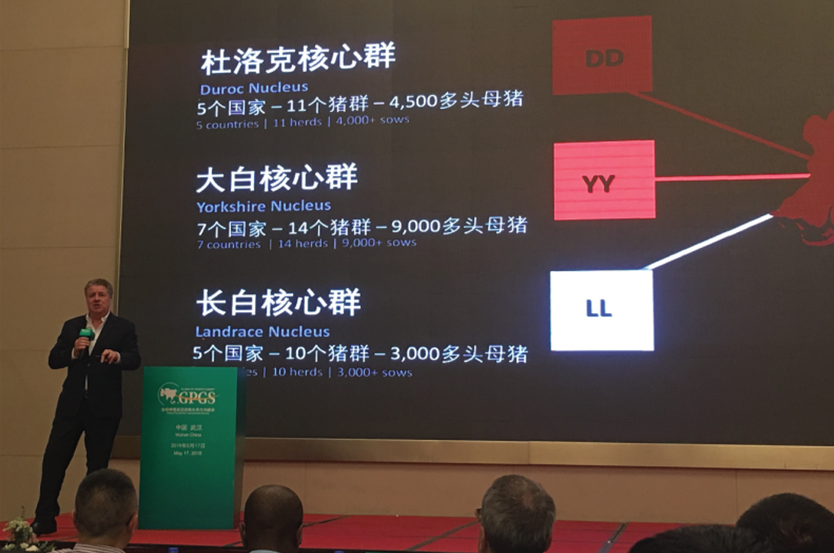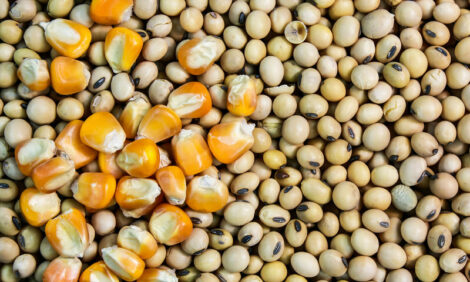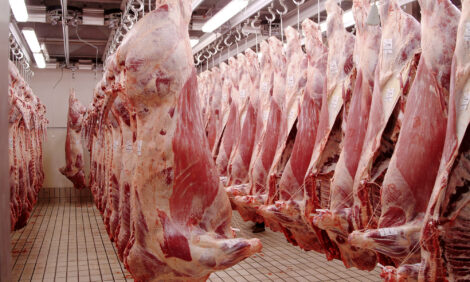



Jim Long Pork Commentary: Asia road trip week 2
Jim Long reports on his last week spent in China.Our observations
From what we can figure from talking to large hog operations, drug companies, veterinarians and other industry people, the loss of sows is at 10 percent either way from 50 percent. That is 40-60 percent sow loss, with farms still breaking with African swine fever (ASF). Have to say that the degree of loss is greater than we expected.
- One producer told us they had 60,000 sows in one area and now only have 6,000 left.
- Another said they expected to be 4 million head lower than normal output.
- We were told one province which had about 1.6 million sows is now around 150,000.
- Pigs weaned at 28 days are selling for 800-900 RMB - $120-135 US each. Which is truly a reflection of supply-demand and future price expectation.
It appears that the big loss of sows was in the January- February time period. From what we can discern, other pigs in nursery-finishers have been to the most extent spared. The expectation is the real big drop in hog numbers will start in August. In line with the huge sow herd liquidation first of this year. Official China hog marketing in April was 43.66 million - a 10 percent decrease from a year ago. In context the decline is equal to about half all US marketing in April.
All China's companies have been told that in July all stored pork will be checked by government for ASF. Any ASF positive pork, we are told, will be burnt. This in itself is incentive to empty all the stored pork. Next step, we are told, will be China's government veterinarians testing hogs at slaughter plants. Positive pork will be burnt.
A market factor going forward; the emptying of pork inventories will coincide with the next level of hog market decline in August. Also, we are told, August and on is a time of seasonal pork consumption increasing. This triple whammy will be a trigger for a price jump.
Discussion about when farms can be successfully restocked after ASF is a major discussion if not confusion. In Russia it has been one year of empty barn before restocking allowed.
ASF has been a 'black swan' event- we continue to expect all global swine markets to reach record levels. Many expect five years for China to recover.
While in China we attended the China Animal Husbandry Exhibition in Wuhan, which had 1178 exhibitors. What we found interesting at the exhibition and discussions beforehand was the positive attitude and resilience of producers. You would think many would be dismayed and depressed but we found an industry group positive to rebuild and move forward. It was quite surprising. Thousands attended the Exhibition obviously not stopped by ASF fears. Unlike the World Pork Expo in the USA, they have no live hogs to view and return to the farm.
Talking to several large builders and equipment companies it’s interesting to find that the Chinese government is aggressively supporting the rebuilding and revitalisation of the industry. China has lost many new nucleus farms due to ASF. At some point when dust settles there will be significant importation of swine breeding stock to rejuvenate the swine genetic base. Genesus has been the largest exporter of swine breeding stock to China over the last three years with 1/3 of global imports. The last import of swine genetics from anywhere was October by Genesus.
The day prior to the exhibition we spoke at the Global Genetic Swine Forum. It was an all-day event which had speakers from all the major global swine genetic companies – Genesus, Danbred, Hypor, Topings-Norsvin, Nucleus, American Purebred Breeders and PIC.
It was interesting to hear the different companies’ perspectives on genetics and the future. Genetics with the advent of genomics and the associated extra costs and technical knowledge needed will eliminate most if not all regional genetic companies. Scale of sales-revenue to cover the genetic development cost will need a global sales presence for economic survival. It’s go big or go home!

We have travelled China by plane, fast train and automobile. We have been in seven large cities and the countryside. China has 1.4 billion people; cities like Wuhan or Chengdu, who most in the west have never heard of, have 10 million plus people. The number of people is mind boggling. The need for infrastructure and housing daunting. More than once when I looked in any one direction and counted around 40 construction cranes. The rural to urban migration is 20 million people a year. The greatest migration in history.
In the southern countryside we saw hundreds of farms of less than an acre, being farmed by hand. There were not any tractors in sight. Chinese agriculture will undergo tremendous change in the future, there will not be enough labour to sustain this type of farming and the terrain being mountainous will not be able to be mechanised. This area has already and will continue to see migration to the cities. Many rural properties and houses are sitting empty. The Chinese government is pushing livestock to the north to where larger land areas are available.
As we travelled we had numerous conversations about USA-Canada and China relations. It is interesting hearing all the perspectives. We find the Chinese quite conscious of the trade tensions. They are after all a huge trading country. In the newspapers and on the TV it is a major story. In China, McDonalds, Starbucks, Pizza Hut, KFC, Burger King etc are everywhere.
As I write I sit on a Boeing plane flying to Shanghai, beside a man decked out in Nike head to toe like a Chinese Tiger Woods.
Our discussions the past days about politics and trade have been spirited but amiable. There are different perspectives but they are friendly.
As one company president said to us: “We need to find a way to make a deal, one we can live with now and in the future. It’s best for all to find resolution. It’s a big world getting smaller and we need to live together”.








